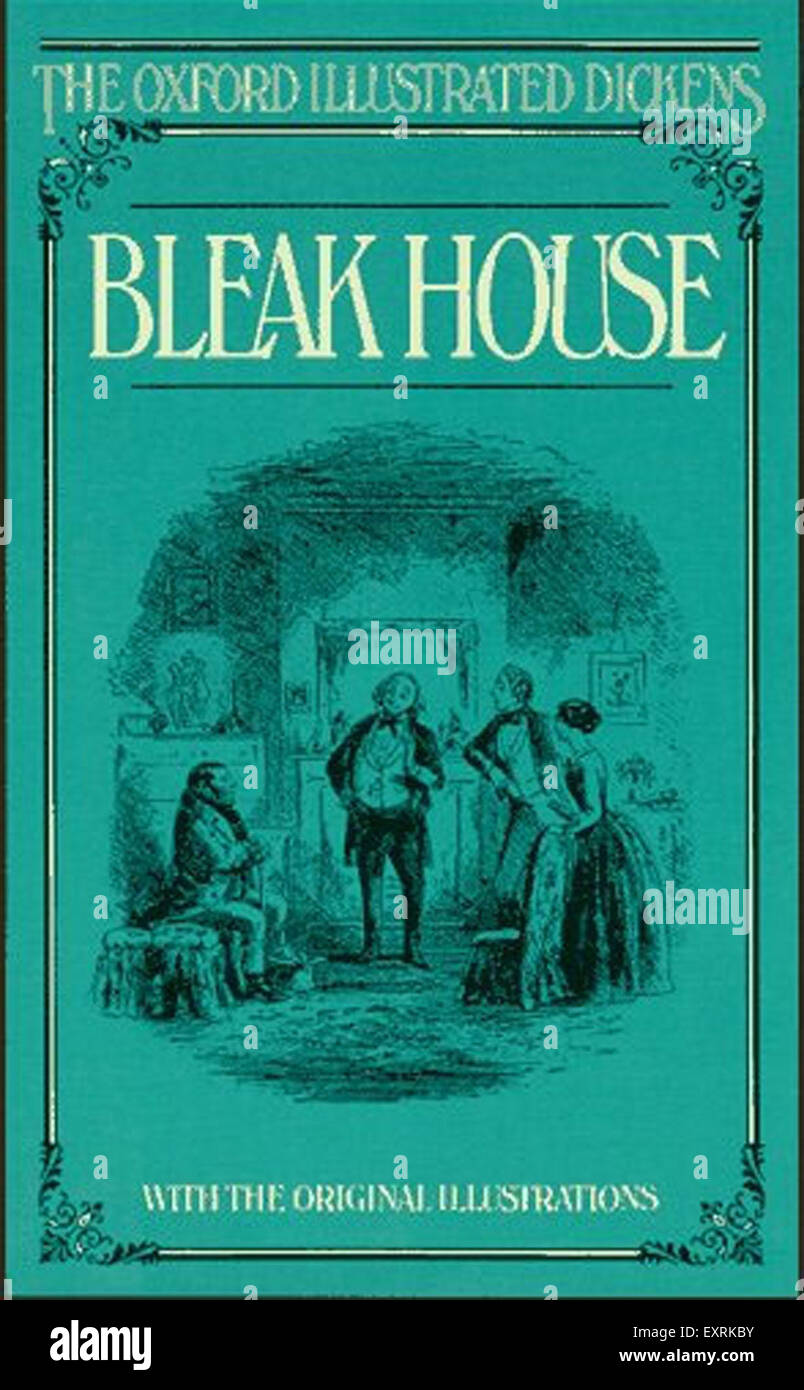


It had been called, before his time, the Peaks. Jarndyce has inherited the place from his great-uncle Tom who, caught up in the cogs of the endless case of Jarndyce and Jarndyce in Chancery, had finally blown his brains out, leaving ‘the signs of his misery upon it’.

But although Bleak House was once ‘a dreary place’, since being inherited by the generous and good-hearted John Jarndyce it has been transformed into a place of comfort, light and warmth. The novel brings us to Bleak House, a metaphor for cosy Victorian England, a home ruined by the machinations of a legal system that had become ‘a by-word for delay, slow agony of mind, despair, impoverishment, trickery, confusion, and insupportable injustice’ (as Dickens wrote in Household Words). The sombre mood of Bleak House no doubt derived, too, from the tragedies that Dickens experienced in his personal life at this time: the death of his father, followed only two weeks later by the death of his infant daughter Dora. Inevitably, these interests found their way into the new book he was writing, one whose darkness of tone was at odds with the national mood of complacency and self-congratulation. He was actively engaged in the running of Urania Cottage, the home for homeless women that he had set up with Angela Burdett Coutts in Shepherd’s Bush in 1847 he was an active supporter of the Ragged School movement and he promoted reforming causes through public speaking and a stream of articles in Household Words. At the same time he was deeply involved in reforming causes. The period during which Bleak House was written and serialized, Dickens was involved in what was, even for him, a remarkably energetic whirl of activities – not only literary, but much of it concerned with social reform.ĭuring the first three years of the 1850s, Dickens was editing the weekly literary magazine Household Words, launched in March 1850, writing his A Child’s History of England, and touring the country with theatrical productions. Looking back on the year, the Manchester Guardian asserted that were ‘good grounds for satisfaction, for hope, and for self-approval’. I’ve reached the half-way mark in my odyssey through the novels of Charles Dickens – his most ambitious work, and the one which is widely held to be his masterpiece: Bleak House.ĭickens began writing Bleak House in November 1851, towards the end of the year of the Great Exhibition, that symbol of the high-water mark of Victorian Britain.


 0 kommentar(er)
0 kommentar(er)
